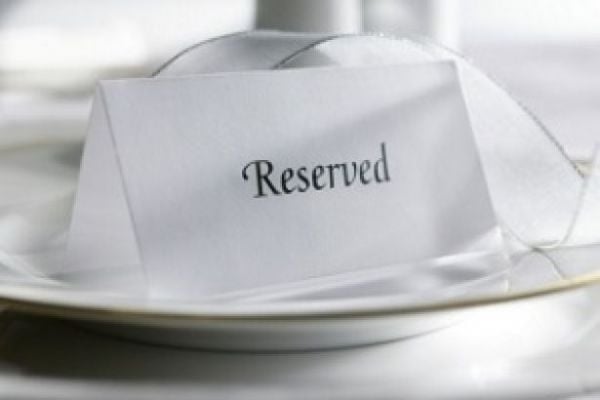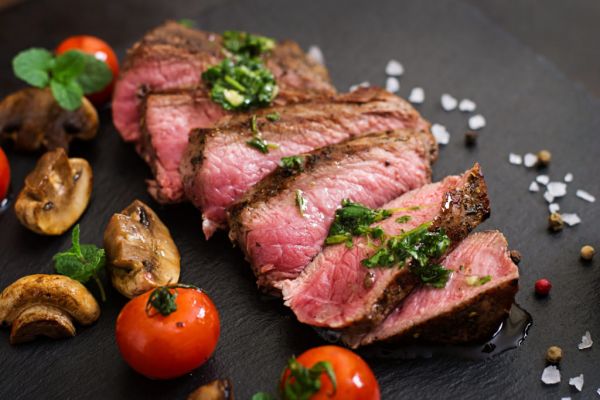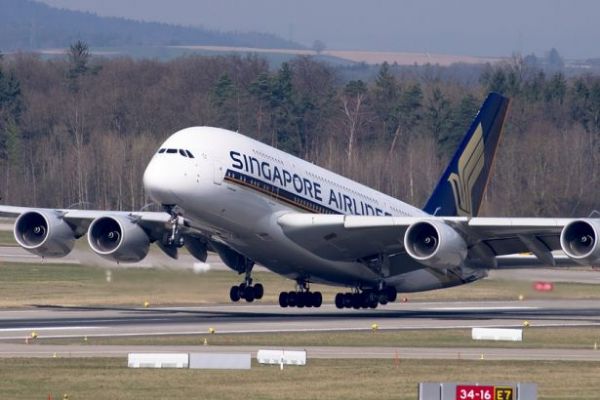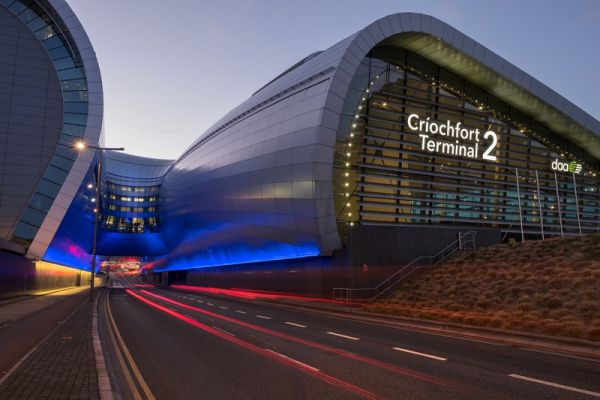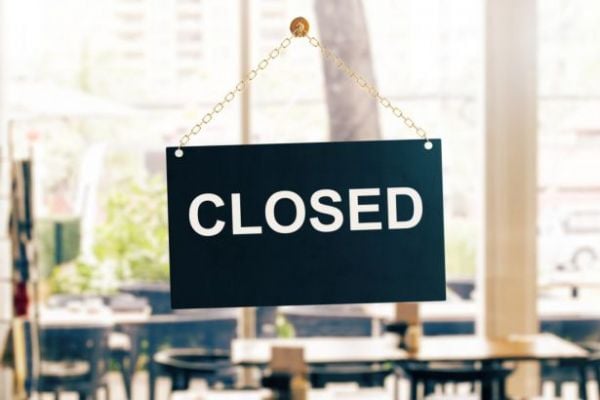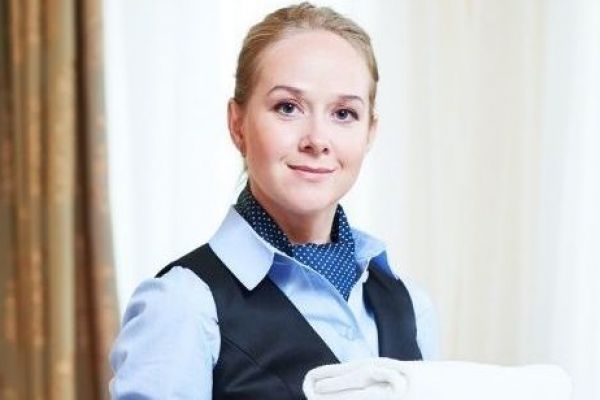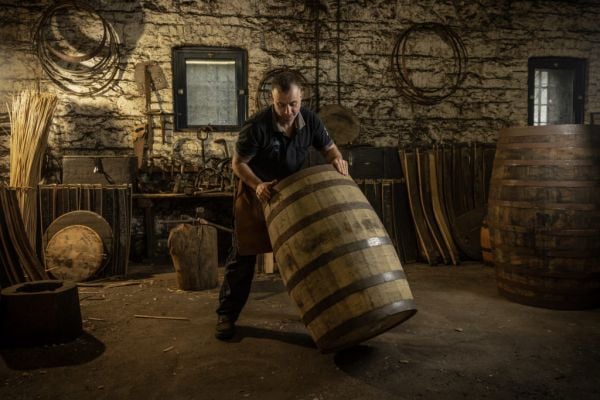A three-month wait for a Michelin-starred meal can put off the most ambitious of diners.
Want to beat the queue in some of the most popular fine-dining spots in Asia and Australia? We asked insiders for tips and tricks on how to get a table at with minimal reservation trauma.
For those who want to skip the line altogether, check out our underrated alternatives that offer similarly impressive fare—minus the wait.
Attica, Melbourne
Why go? Named 2016’s Best Restaurant in Australasia, chef Ben Shewry’s Attica is the only Australian establishment to make the World’s 50 Best Restaurants list last year, claiming the No. 33 spot.
The wait: Open for dinner only. Bookings are released three months in advance at 9 a.m. on the first Wednesday of each month.
The secret: Ditch the idea of a romantic table for two, says Lee Tran Lam, founder of cult Australian food blog, The Unbearable Lightness of Being Hungry. “When I tried to get a booking for Attica for my partner's birthday, I noticed that all the two-tops (tables for two) were booked out in about two minutes,” she said. “But there were still tables of four left. So I just made the booking and found two friends who were keen to come along for the ride.” Not a fan of high-stress booking? Get on their waiting list—which has a “surprisingly high” strike rate. And follow Attica on Twitter for announcements of last-minute cancellations.
An alternative: Chef Shannon Bennet’s Vue de Monde offers an equally acclaimed tasting menu. Unlike Attica, it's also open for lunch.
Mingles, Seoul
Why go? Named Best Korean Restaurant in 2016, Mingles is a Michelin-starred modern Korean restaurant with a seasonal menu.
The wait: The restaurant takes bookings two months out, and you should book three weeks ahead.
The secret: Most high-end Korean restaurants set aside plenty of tables for groups of two and four but fewer for large groups. One strategy for a large group is to split into two bookings, says food blogger and broadcaster Daniel Gray, of Seoul Eats. “Lunches tend to be easy to book and are great value,” he says. “You can also suggest sitting at the bar.”
An alternative: Try Congdu, a contemporary Korean spot in Seoul.
Restaurant André, Singapore
Why go? Chef André Chiang’s Mediterranean-inspired eatery is known for its “Octaphilosophy,” or the eight elements of cooking that inspire him. The restaurant is ranked No. 3 in Asia’s 50 Best Restaurants list of 2016 and is No. 32 in the world.
The wait: Bookings are taken online. The waiting time varies from seven weeks to three months. Diners can ask for two preferred dates and times, and they’ll be given the first table available.
The secret: Here, small tables tend to go fast, so book for a larger group. Chef André Chiang considers booking a midday meal on Wednesday or Friday a “smart move,” because those are the only days you can order the degustation menu at lunchtime. What’s more, you can downsize to a five-course version for S$198 ($140), compared with the full S$350 for eight courses.
An alternative: Chef Julien Royer’s Odette, at the National Gallery Singapore. Booking a month in advance is recommended, but it’s possible to get a table online a week out.
Den, Tokyo
Why go? Winner of the “One to Watch” Award on the 2016 World’s 50 Best Restaurants list, Chef Zaiyu Hasegawa’s Den is known for its irreverent, contemporary spin on a kaiseki-style menu. The spot is famed, among other things, for its playful but professional service and the occasional friendly appearances of Hasegawa’s beloved dog, Puchi Jr.
The wait: Reservations taken by phone only from 11 a.m. to 4 p.m., usually two months ahead.
The secret: Jane Lawson, author of Tokyo Style Guide and founder of Zenbu food tours, recommends a personal appeal: “First, e-mail them (simple, polite English is fine), and let them know how you heard about them and how much you’d love to dine there. In Japan, a little local expertise–especially with the language–can go a long way. If you have a Tokyo-based friend or colleague who speaks Japanese—ask them to call on your behalf.” Outsourcing the booking can pay off. “If you are staying somewhere posh, make sure you utilize the services of the hotel concierge,” Lawson says. “They have a lot of pull.” Given Den’s small size, bookings for one or two work best.
An alternative: Shirosaka—another compact, counter-style restaurant in Akasaka, Tokyo.
Mr. Wong, Sydney
Why go? A buzzy, mod-Cantonese restaurant favored by locals and visiting celebrities alike, and a favorite in the Sydney Morning Herald’s 2017 Good Food Guide.
The wait: Mr. Wong doesn’t take dinner bookings for small groups. This means a notoriously eager, walk-in only queue starts forming at 5:30 p.m., with waiting times of up to two hours.
The secret: Lunch. It takes reservations for lunch! Or, to win the dinner hustle, the best day is Monday, says Dan Hong, Mr. Wong's executive chef. Or, bring all your friends. The restaurant takes reservations for groups of six or more. “That’s the best way to eat at Mr. Wong anyway, so you can try more dishes," Hong says. "I would never come with one other person, to be honest.”
An alternative: Try Mr. Wong’s new sister restaurant Queen Chow, in Enmore, a suburb of Sydney.
News by Bloomberg, edited by Hospitality Ireland
